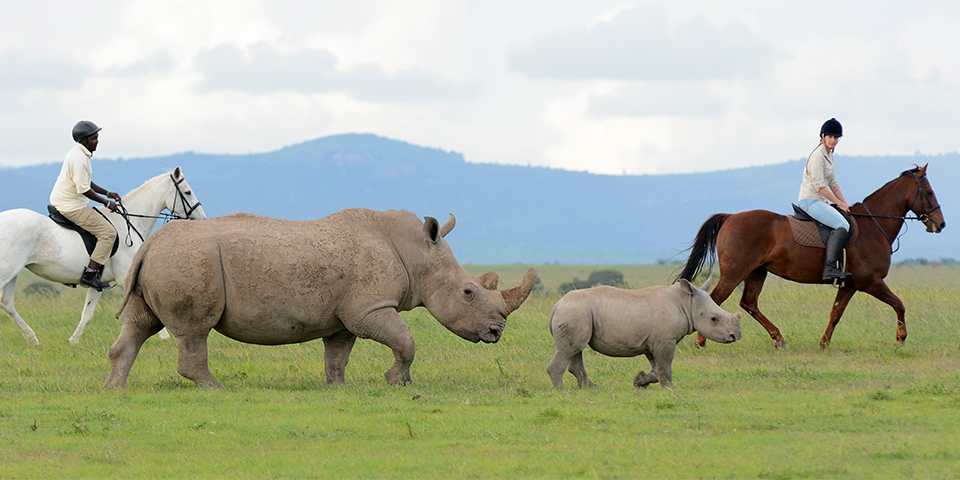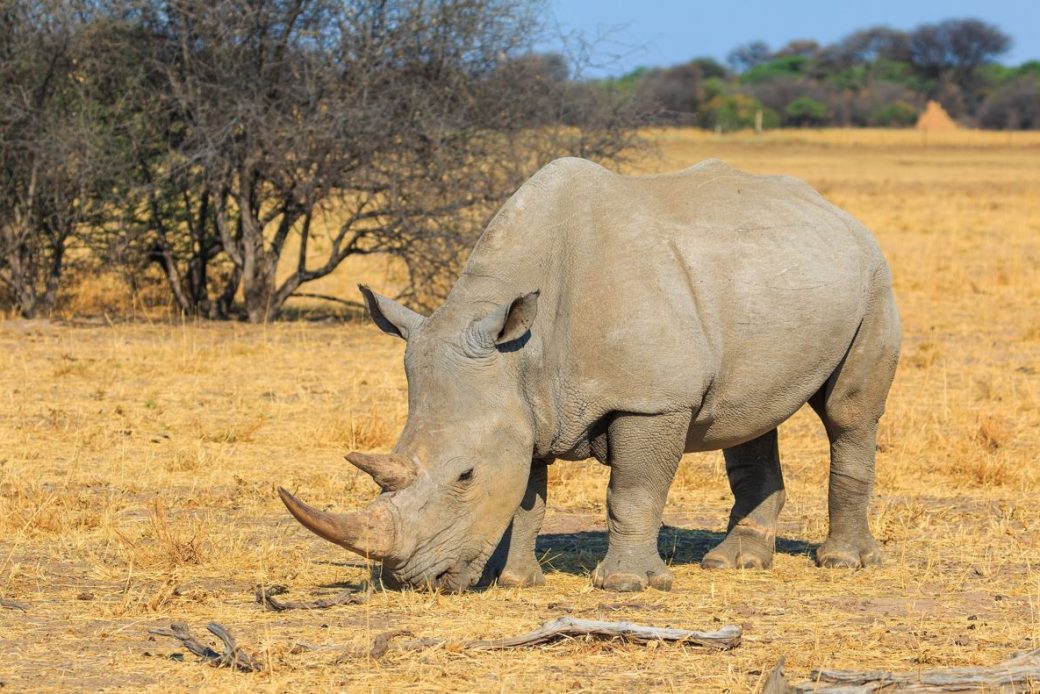Unite for Rhino Conservation and Beyond
On September 22nd, 2023, the world comes together to celebrate World Rhino Day, a day dedicated to raising awareness about the critical challenges facing these magnificent creatures. With five distinct species – the Javan Rhino, Sumatran Rhino, Black Rhino, Greater One-horned Rhino, and White Rhino – rhinoceroses are a vital part of our planet’s biodiversity. This World Rhino Day, let’s take a moment to appreciate these ancient giants and acknowledge the urgent need to protect them from the threats that loom over their existence.
The Remarkable Rhinoceros:
Rhinoceroses have graced our planet for millions of years, captivating our imaginations with their prehistoric charm. Their distinct appearance, with their rugged armor-like skin and iconic horns, evokes a sense of wonder and awe. These magnificent creatures are often referred to as the “guardians of the savannah” for their critical role in shaping and maintaining the ecosystems they inhabit.
The Five Rhino Species:
1. Javan Rhino: The Javan Rhino is one of the world’s rarest mammals, with an estimated population of fewer than 80 individuals. These solitary creatures are found in the dense forests of Indonesia and are known for their smaller size and single horn.
2. Sumatran Rhino: The Sumatran Rhino is another critically endangered species, with fewer than 80 individuals remaining. They are unique among rhinos for their furry appearance, which makes them look almost prehistoric. Their habitat spans the dense rainforests of Sumatra and parts of Malaysia.
3. Black Rhino: The Black Rhino is a resilient species that has faced numerous challenges over the years, including relentless poaching for its horns. Despite their name, they can be grey or brown, and their pointed upper lip allows them to grasp leaves and twigs. Conservation efforts have helped stabilize their populations, but they remain vulnerable.
4. Greater One-horned Rhino: Found primarily in the Indian subcontinent, the Greater One-horned Rhino has made a remarkable recovery thanks to conservation efforts. With their distinctive single horn, they are a symbol of hope for endangered species recovery.
5. White Rhino: The White Rhino is the largest of all rhino species and can be found in grasslands and savannahs. Despite their name, they are not white but gray. They are known for their gentle nature and social behavior, living in groups called “crashes.”
 The Threats to Rhinoceros Survival:
Despite their strength and resilience, rhinos face an array of threats that endanger their existence:
1. Poaching: The illegal trade in rhino horns remains a significant threat, driven by demand for their use in traditional medicines and luxury items.
2. Habitat Loss: Deforestation and habitat degradation due to human activities are shrinking the available living space for rhinos.
3. Climate Change: As global temperatures rise, rhinos face new challenges, including changes in food availability and increased susceptibility to diseases.
4. Human-Wildlife Conflict: As human populations expand into rhino habitats, conflicts can arise, leading to both human and rhino casualties.
Appreciating Rhinos and Conservation Efforts:
On this World Rhino Day, let us appreciate these remarkable creatures for their role in maintaining the ecological balance and the unique beauty they bring to our planet. It’s also an opportunity to recognize the remarkable conservation efforts underway to protect rhinos:
1. Anti-Poaching Initiatives: Dedicated teams are working tirelessly to combat poaching and protect rhinos from the illegal wildlife trade.
2. Habitat Preservation: Conservation organizations are working to preserve and restore rhino habitats to ensure they have enough space to thrive.
3. Community Engagement: Collaborative efforts with local communities aim to reduce human-wildlife conflicts and promote coexistence.
4. Scientific Research: Ongoing research helps us better understand rhino behavior, health, and reproduction, aiding in their conservation.
As we mark World Rhino Day 2023, let us remember the urgency of protecting these magnificent creatures. By raising awareness about the threats they face and supporting conservation efforts, we can ensure that rhinoceroses continue to roam our planet for generations to come. These ancient giants are not just a symbol of our planet’s rich biodiversity but also a testament to the importance of preserving our natural heritage. Together, we can be the guardians of rhinos and the guardians of our planet.
The Threats to Rhinoceros Survival:
Despite their strength and resilience, rhinos face an array of threats that endanger their existence:
1. Poaching: The illegal trade in rhino horns remains a significant threat, driven by demand for their use in traditional medicines and luxury items.
2. Habitat Loss: Deforestation and habitat degradation due to human activities are shrinking the available living space for rhinos.
3. Climate Change: As global temperatures rise, rhinos face new challenges, including changes in food availability and increased susceptibility to diseases.
4. Human-Wildlife Conflict: As human populations expand into rhino habitats, conflicts can arise, leading to both human and rhino casualties.
Appreciating Rhinos and Conservation Efforts:
On this World Rhino Day, let us appreciate these remarkable creatures for their role in maintaining the ecological balance and the unique beauty they bring to our planet. It’s also an opportunity to recognize the remarkable conservation efforts underway to protect rhinos:
1. Anti-Poaching Initiatives: Dedicated teams are working tirelessly to combat poaching and protect rhinos from the illegal wildlife trade.
2. Habitat Preservation: Conservation organizations are working to preserve and restore rhino habitats to ensure they have enough space to thrive.
3. Community Engagement: Collaborative efforts with local communities aim to reduce human-wildlife conflicts and promote coexistence.
4. Scientific Research: Ongoing research helps us better understand rhino behavior, health, and reproduction, aiding in their conservation.
As we mark World Rhino Day 2023, let us remember the urgency of protecting these magnificent creatures. By raising awareness about the threats they face and supporting conservation efforts, we can ensure that rhinoceroses continue to roam our planet for generations to come. These ancient giants are not just a symbol of our planet’s rich biodiversity but also a testament to the importance of preserving our natural heritage. Together, we can be the guardians of rhinos and the guardians of our planet.
Voice of Tourism
 ]]>
]]>



